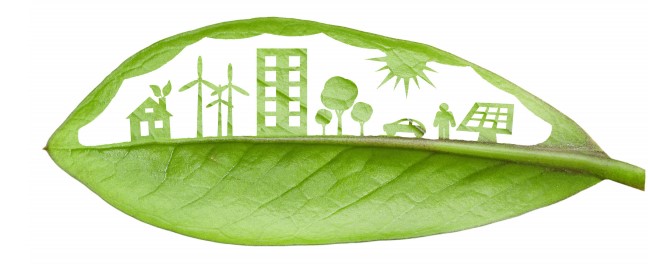Building Back Better: Social impact
Contents |
[edit] Introduction
In its work to provide resources for the construction sector, BREEAM has created the online briefing hub, ‘Building Back Better with BREEAM: Supporting the green recovery’. The hub gathers a collection of briefing papers that reflect BREEAM’s position on important issues.
[edit] Social impact
The BREEAM vision for a fair and appropriate built environment is one that demonstrates social sensitivity in a manner that intentionally benefits the long-term economic growth, wellbeing, resilience and inclusion of people within their communities. To reflect this vision, BREEAM has published a briefing paper, 'Encouraging positive social impact and equity using BREEAM'.
The paper outlines a vision for a socially equitable built environment based on the following practices:
- Encouraging social impacts and equity as key considerations at each life cycle stage.
- Driving the delivery of positive social impacts and value as an output from the development and operation of built assets.
- Contributing to and encouraging innovation in the assessment and measurement of built environment related social impacts.
- Rewarding built assets that generate positive social impact and value.
- Incentivising the development and operation of socially equitable places.
[edit] Seven aspects of social value
The BREEAM standard can be applied to seven different aspects:
- Health and wellbeing of asset users and local communities. A built environment that ensures physical, social, intellectual and emotional wellness.
- Behaviour change and awareness raising. Solutions that encourage people to make the most sustainable choice.
- Accessibility and inclusivity. Design and operations that make environments usable by all people, to the greatest extent possible without the need for adaptation or specialised design
- Resilience, safety and security. Promoting practices that mitigate risks, successfully endure shocks and identify opportunities to adapt and thrive in our changing world.
- Asset user and community involvement and engagement. Activities that promote active participation and involvement of built environment asset users and stakeholders in decision making processes
- Local investment. Supporting investment in local businesses and supply chains, providing training to and upskilling of the local community and offering long-term employment opportunities to local people.
- Social justice and responsible leadership. Ensuring the needs of communities are fairly met with equity, diversity and inclusion at the heart of the project, and that human exploitation is eradicated.
[edit] Looking ahead
BREEAM intends to continue its work in this area by collaborating with global stakeholders to create a universal understanding of social impact - regardless of geographic and cultural differences. This will include language and guidance for successful delivery, adoption and results.
Find out more at: https://files.bregroup.com/breeam/briefingpapers/BREEAM-Social-Impact-Paper_final.pdf
[edit] Related articles on Designing Buildings Wiki
- BRE articles on Designing Buildings Wiki.
- BREEAM: The Next Generation.
- Building Back Better: Circularity and BREEAM.
- Building Back Better: Health.
- Building Back Better: Net zero carbon and BREEAM.
- Building Back Better: Resilience.
- Building back better with BREEAM.
- Built environment.
- Changing lifestyles in the built environment.
- Collaborative practices for building design and construction.
- Health in the built environment.
- Inclusive design.
- Social Sustainability at Master-planning Stage.
- Sustainability in building design and construction.
- The role of civil engineering in designing out loneliness.







